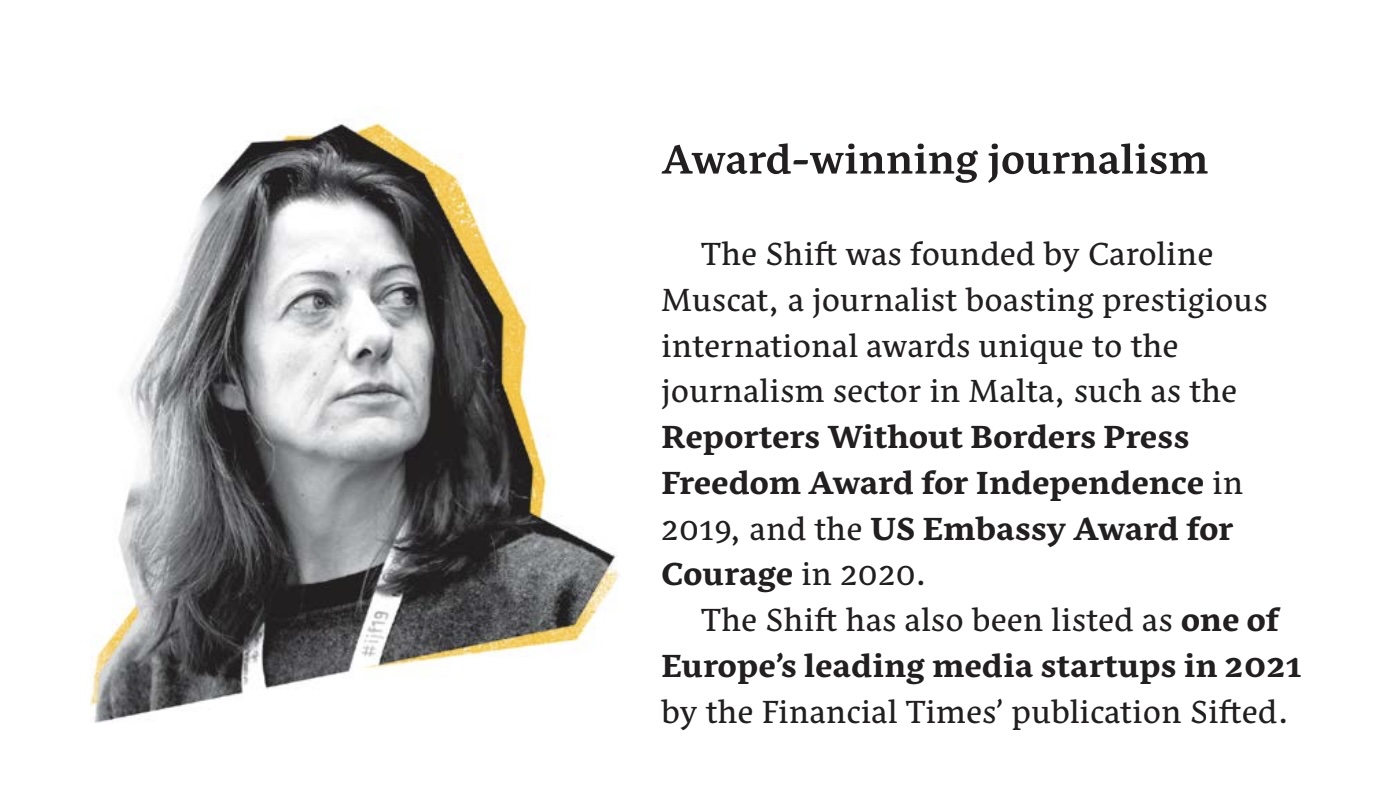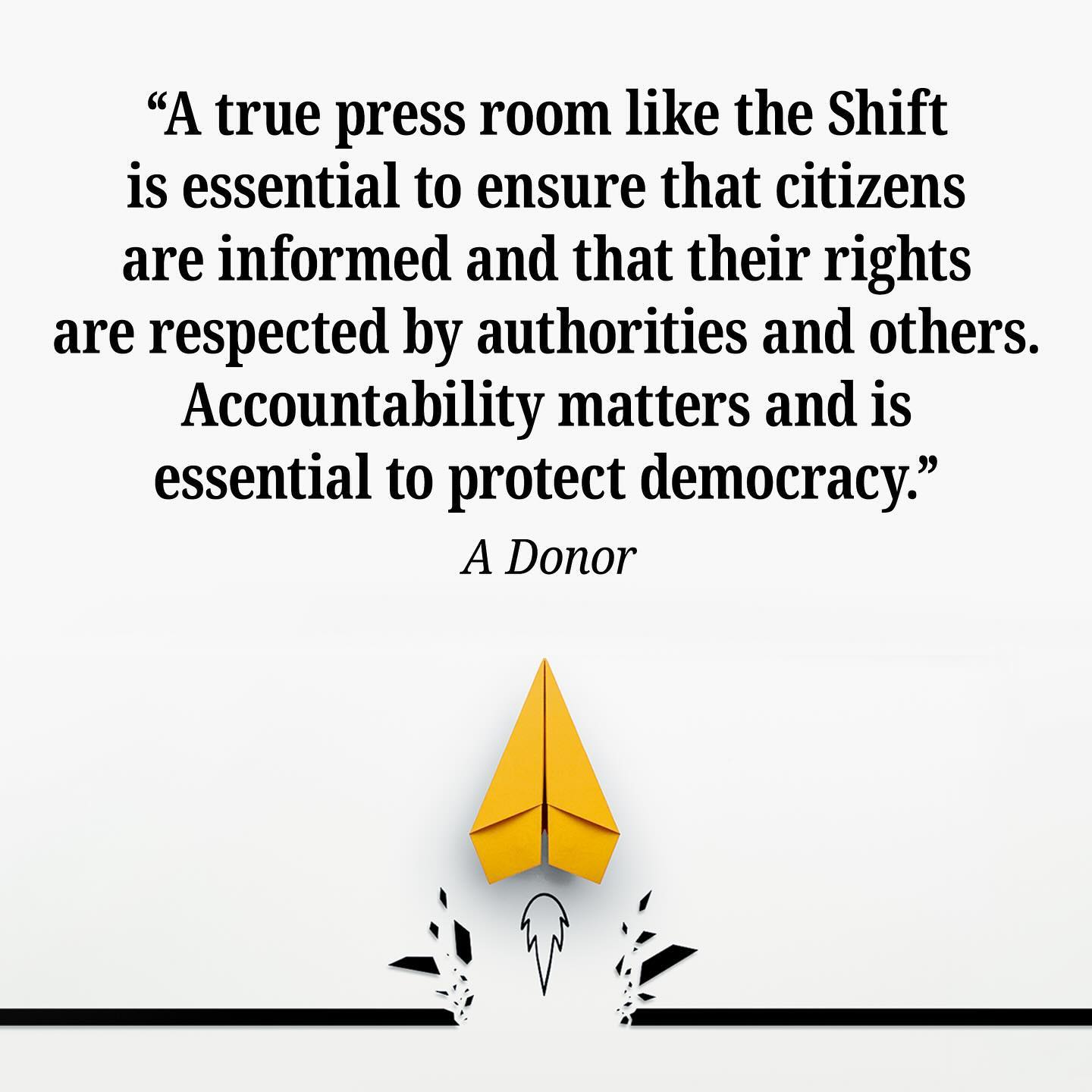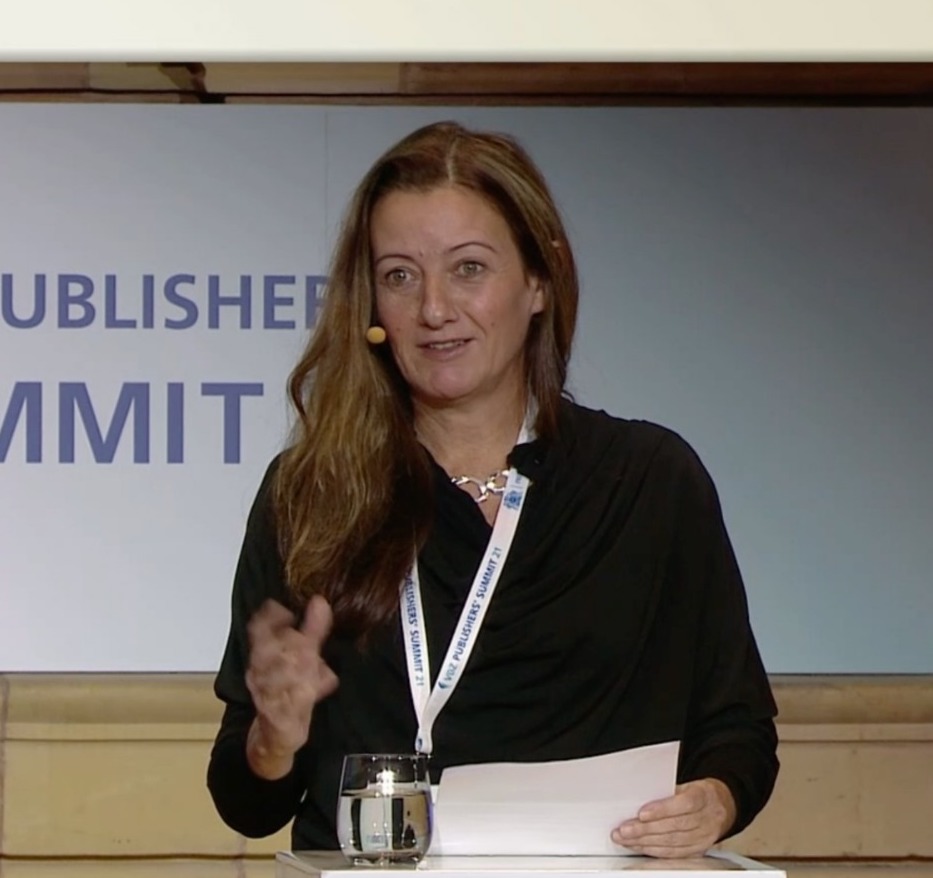This article was originally written by our colleague Martina Klarova for Journalift.org. Martina mentored The Shift News as part of the Media Innovation Europe program. At FatChilli, we're all about empowering independent news publishers and championing freedom of the press and democracy. We're republishing this piece to show our commitment to these values and to highlight the diverse ways we support the media industry
In an era where independent journalism faces financial and political challenges, innovative revenue models are not just beneficial, they are essential. The Shift News (TSN) from Malta has pioneered a new approach known as the Corporate Democratic Responsibility (CDR) Program, designed to help investigative journalism in politically volatile environments.

What is the CDR Program?
The CDR Program was established by Caroline Muscat, The Shift's co-founder and managing director, as a step towards a more diversified revenue model for a newsroom whose primary sources of income include grants, reader donations, and programmatic advertising. Investigative newsrooms, especially in politically volatile environments, often avoid direct advertising due to potential conflicts of interest, resulting in fewer revenue opportunities.
The CDR Program addresses this gap by forming alliances with smaller companies and entrepreneurs who share the newsroom’s values and mission. These silent partners, called "sponsors," provide recurring monthly donations, typically in the range of hundreds to thousands of euros, without seeking public recognition for their contributions. This discreet yet impactful support allows newsrooms to maintain their independence and continue their critical work.
Although the sponsors are offered the option to advertise on TSN's website, most of them choose not to use it and prefer to support The Shift quietly to be protected from potential political repercussions. This anonymity is important in encouraging more businesses to become sponsors, knowing they can contribute without public recognition and potential backlash.
How to implement the CDR Program
A good strategy for starting with the CDR Program is to identify potential sponsors from your existing member base. By reviewing your list of members who send donations, particularly those who have donated larger amounts or have been recurring donors, you can approach them with the idea of becoming a sponsor. These sponsors are often small to medium-sized family businesses affected by corruption, who believe in the importance of an independent investigative outlet. This model ensures that their contributions are about sustaining.

The role of sponsors and their benefits
The sponsors of the CDR Program are referred to as allies, and their support represents approximately 15% of The Shift's overall revenue. Retention of these sponsors is crucial, as acquiring new sponsors requires significant effort. The benefits provided to sponsors include a subscription to The Shift News’ newsletter, advance registration options, and discounts to events and conferences organized by The Shift. These benefits help maintain a strong relationship between the newsroom and its sponsors, ensuring ongoing support.
Challenges and lessons learned
Implementing the CDR Program has not been without its challenges. Identifying and vetting potential partners requires significant time and effort, and maintaining these relationships demands transparency and mutual trust. One notable instance was when The Shift turned down a company due to its controversial background, reinforcing their commitment to integrity and strengthening reader trust.

Caroline Muscat
The potential of CDR in other newsrooms
By developing similar programs, other newsrooms can diversify their revenue streams and strengthen their financial resilience. This approach not only supports the survival of independent journalism but also reinforces the role of the press as a pillar of democracy. However, it is essential to note that this model may not be suitable for every newsroom. Its success heavily relies on personal connections and the ability to build and maintain relationships with potential sponsors.
In conclusion, the CDR Program offers an innovative solution to the financial challenges facing investigative newsrooms, fostering partnerships based on shared values and support. While it may not suit every newsroom, it provides valuable insights and inspiration for sustainable funding solutions.
For more information about the CDR Program, visit The Shift's website.


 English
English 


